| 'Masatoshi' Daito |
|

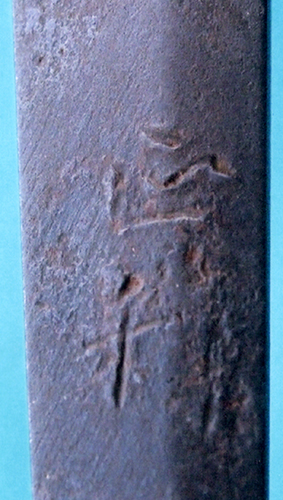 Zai Mei Masatoshi |
 O-suriage Nakago with three Mekugi-ana |
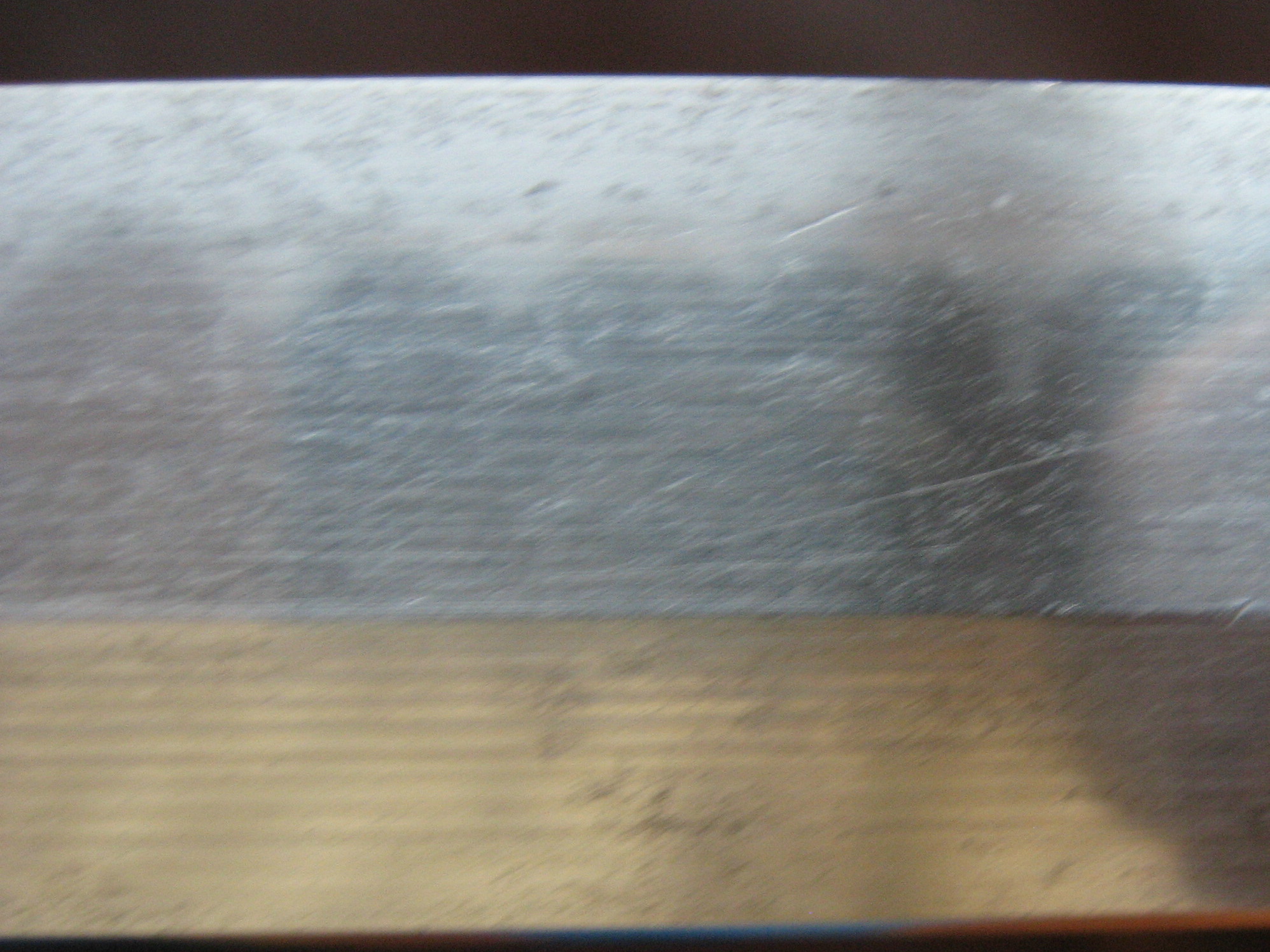
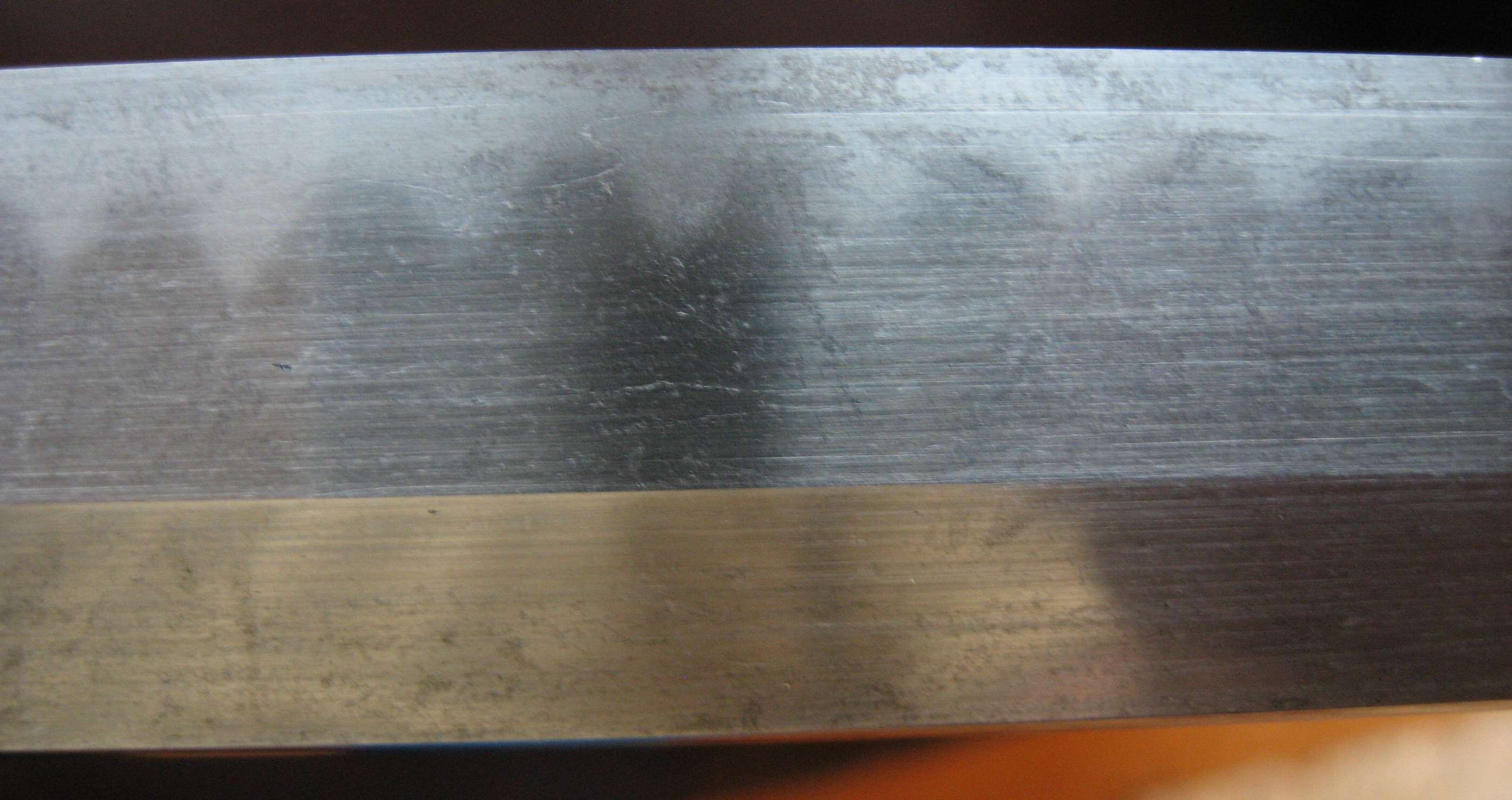

Complex Gunome Midare Togari Sanbonsugi
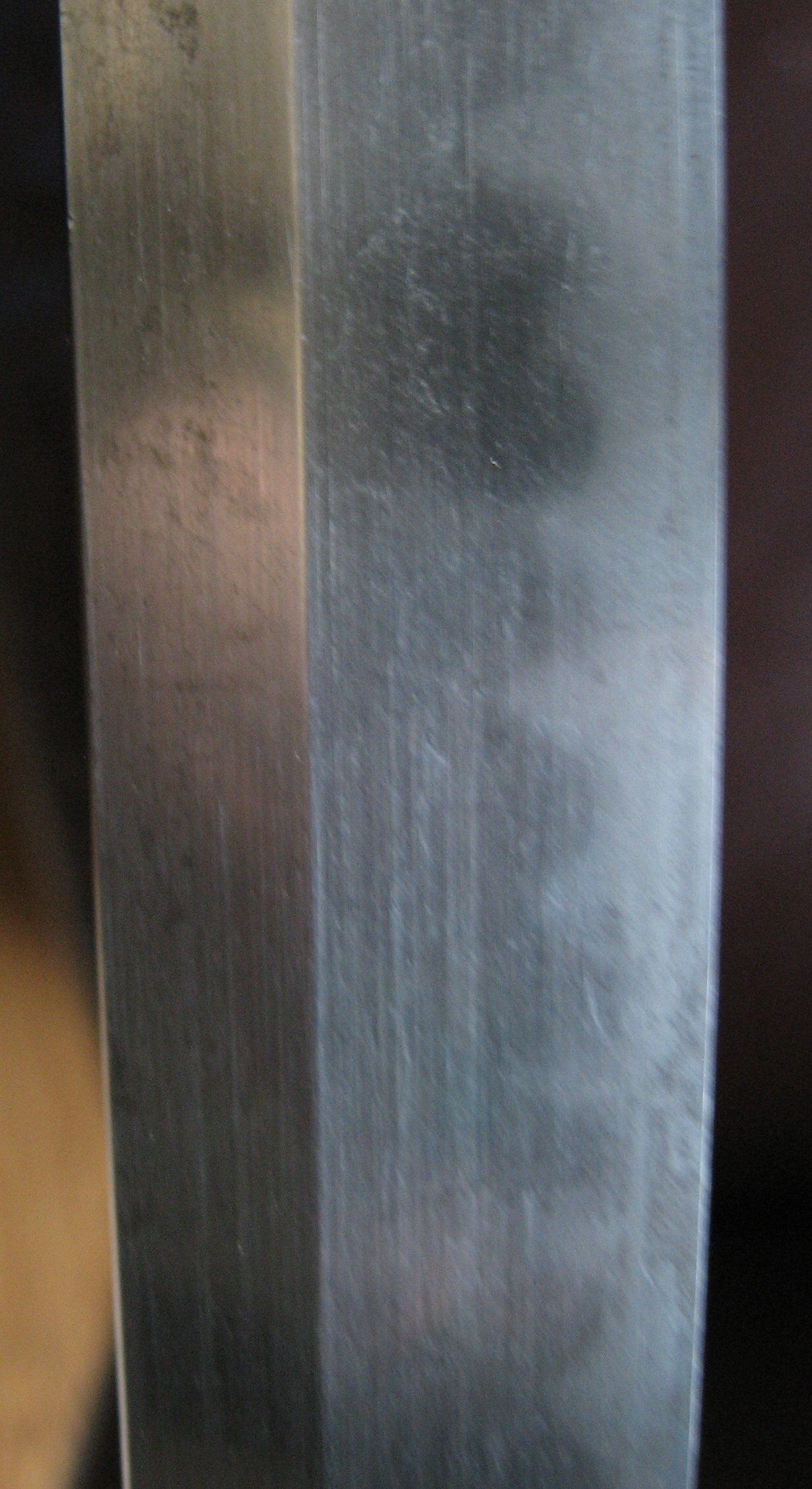
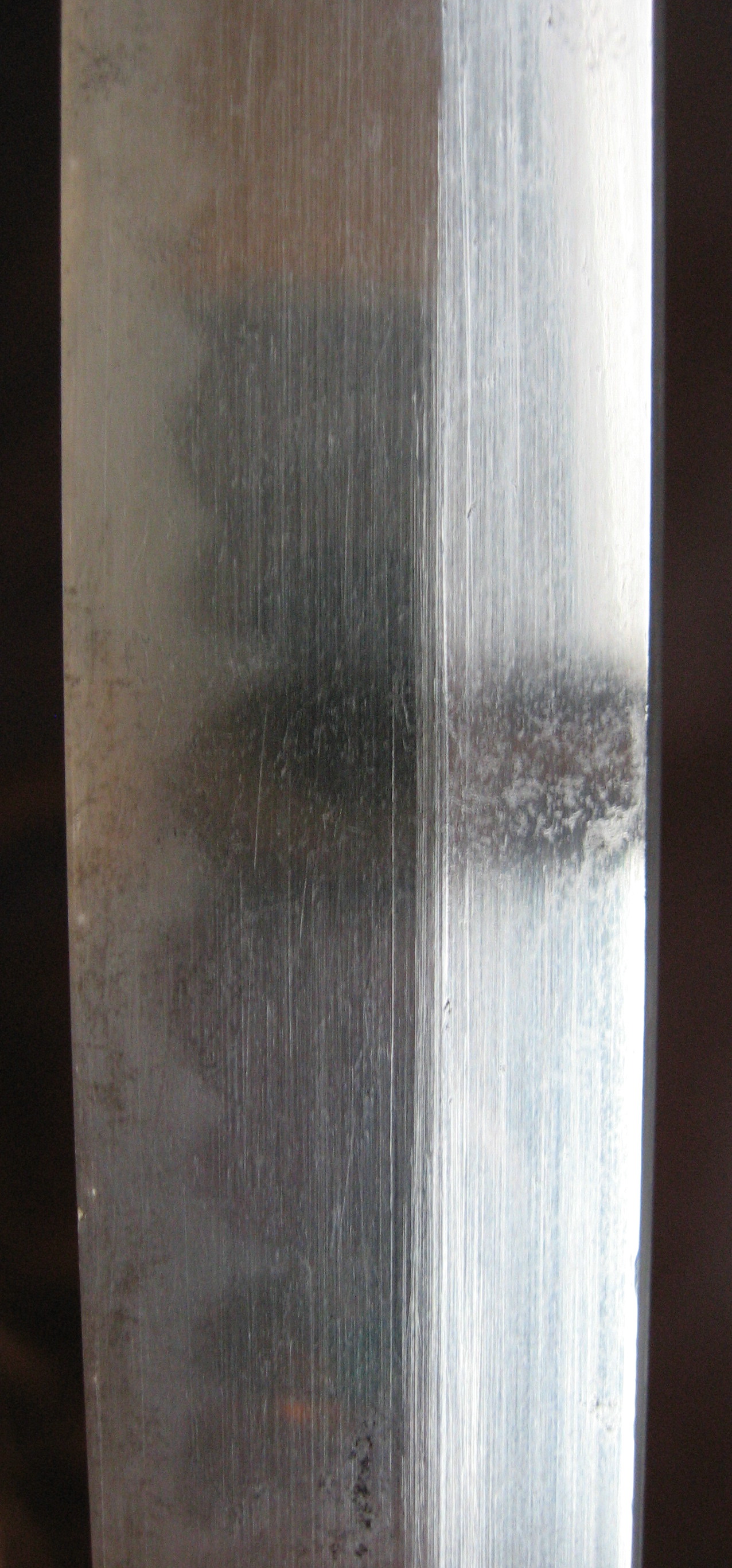

Itame Ko-Mokume Hada
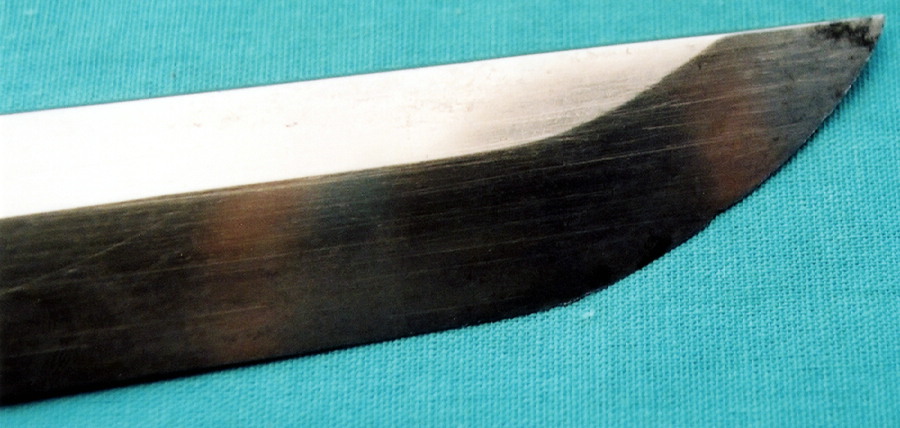
Hon Zukuri with Chu Kissaki
| 70.5cm - Ni Shaku, San Sun, Ni Bu, Go Rin Nagasa 1.35 cm - Torii Sori with Kotoken Kagihara Kantei paper places in Sengoku (ca.1555) Late Muromachi. |

NOTE: The major influence on swords forged in the early days (late Kamakura c. 1320) that became the Mino-den was the Yamato-den and the Tegai Ha, Kaneuji and his sons Kanetomo and Kanetsugu, Kanenaga 1 (Taira Suburo), and the older smith Kinju. It was the kaji of this tradition that migrated to Mino and combined the Soshu tradition with the Yamato to form a whole new style. This Daito is example of the 'better' swords that combine the aesthetics with a reliable cutting ability, durability and confident construction of the Late Muromachi period. Masayoshi (Kowa era, c. 1381) lived in Kamokori Sakakura village, hence the name, Sakakura Seki. His school is of the late Seki. Said to have taken their Masa from Muramasa, a contemporary and influence. Sakakura Masayoshi begins the Sakakura school, of which there are several smiths, Masatoshi being son (nidai) and heir. Masatoshi (Koji era c.1555), who lived in Sakakura, Mino province, produced swords with temper lines and signatures that resembled the work of Sengo Muramasa. In particular, the character for "Masa" in the signature of Masatoshi is particularly similar to that used by Muramasa. This is a magnificently constructed blade with a classic, irregular sanbonsugi style hamon. Masatoshi is famed for the cutting ability of his blades and is rated Ryo-Wazamono. Historic Events Affecting Mino Swordsmiths There was a traditional relationship between Mino and Owari provinces with reciprocal movement of smiths between them. The lord Oda Nobunaga (1534-1582) began to expand his conquests outwards from his centre in Owari. Oda defeated Imagawa Yoshimoto at the battle of Okehazama, and in 1564 his general Toyotomi Hideyoshi defeated the Saito clan of Mino. A large number of smiths migrated from Seki to Gifu (capital of Mino) and Nobunaga's residence. Nobunaga was assassinated in Tensho 10 (1582) by Akechi Mitsuhide before he realized his long-term ambition of uniting Japan, having about one third under his control. Nobunaga was succeeded by Toyotomi Hideyoshi, who pursued the goal of unification. Page 566 TokoTaikan, pg 378 and
380 Fujishiro. This is a 350 Mon smith.
|

The 'Higo 'Hearts' Iron Koshirae fits this 'Masatoshi' katana well. See Here
Both $9500.00
|
|